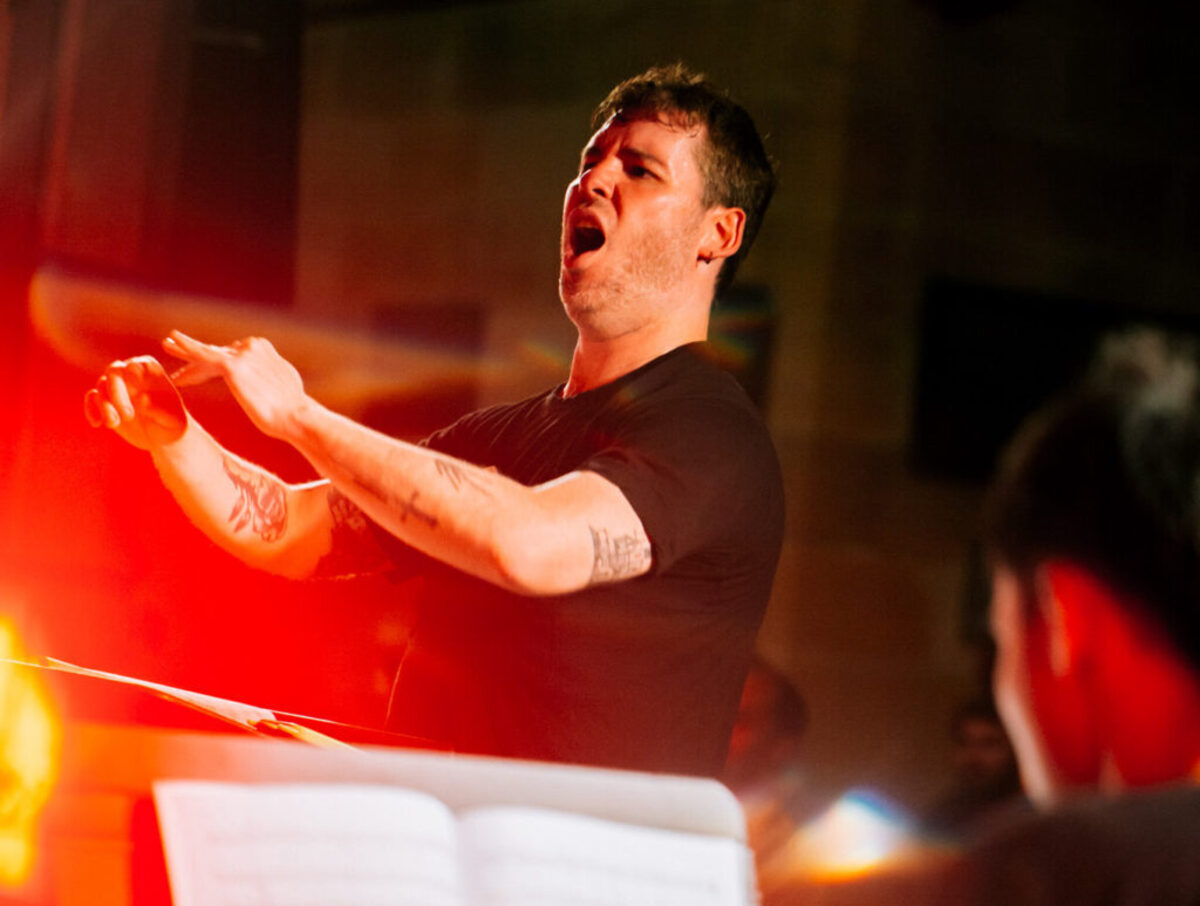
Polyphony is a term that might sound complex, but it's simply about multiple melodies happening at once. Imagine a choir where each singer has a different tune, yet they all blend beautifully. This musical technique has been around for centuries, enriching compositions from classical to modern genres. Polyphony isn't just for music nerds; it's a fundamental part of many songs you hear daily. Understanding it can deepen your appreciation for everything from Bach to The Beatles. Ready to dive into some cool facts about polyphony? Let's explore how this fascinating concept shapes the music we love.
What is Polyphony?
Polyphony is a term used in music to describe a texture consisting of two or more simultaneous lines of independent melody. This concept has been a cornerstone in the evolution of Western music. Here are some fascinating facts about polyphony.
-
Polyphony Originates from Greek: The word "polyphony" comes from the Greek words "poly," meaning many, and "phonos," meaning sound or voice.
-
Early Beginnings: Polyphony began to develop in the late Middle Ages, around the 9th century, with the earliest examples found in Gregorian chant.
-
Notre Dame School: The Notre Dame School in Paris was a significant center for the development of polyphony during the 12th and 13th centuries.
-
Leonin and Perotin: These two composers from the Notre Dame School are among the first known to write polyphonic music.
-
Organum: One of the earliest forms of polyphony is called organum, which involves adding a second voice to a Gregorian chant.
-
Cantus Firmus: This technique involves using a pre-existing melody as the basis for a polyphonic composition.
-
Renaissance Polyphony: The Renaissance period saw the flourishing of polyphony, with composers like Josquin des Prez and Palestrina leading the way.
-
Counterpoint: A key aspect of polyphony is counterpoint, the art of combining different melodic lines in a musical composition.
-
Fugues: Johann Sebastian Bach is famous for his fugues, a complex form of polyphony where a single theme is introduced and then developed in interweaving voices.
-
Madrigals: These are secular vocal music compositions from the Renaissance and early Baroque periods that often feature polyphonic textures.
Polyphony in Different Cultures
Polyphony isn't exclusive to Western music. Various cultures around the world have their own forms of polyphonic music.
-
Georgian Polyphony: Georgian folk music is known for its rich polyphonic tradition, often featuring three-part harmonies.
-
African Polyphony: Many African musical traditions include polyphonic singing, particularly in regions like Central Africa.
-
Balinese Gamelan: This traditional ensemble music from Bali often includes polyphonic textures created by interlocking patterns.
-
Bulgarian Women's Choirs: Known for their unique vocal techniques, Bulgarian women's choirs often perform polyphonic music.
-
Corsican Polyphony: Corsica has a strong tradition of polyphonic singing, often performed a cappella.
Instruments and Polyphony
Polyphony isn't limited to vocal music. Many instruments and ensembles create polyphonic textures.
-
Piano: The piano is capable of producing polyphonic music, with each hand playing independent melodic lines.
-
String Quartets: These ensembles, consisting of two violins, a viola, and a cello, often perform polyphonic music.
-
Pipe Organ: The pipe organ is known for its ability to produce complex polyphonic textures.
-
Guitar: Skilled guitarists can play polyphonic music by using fingerpicking techniques.
-
Orchestras: Large ensembles like orchestras often perform polyphonic music, with different sections playing independent lines.
Polyphony in Modern Music
Polyphony continues to be an important element in contemporary music across various genres.
-
Jazz: Jazz musicians often use polyphony, particularly in ensemble settings where different instruments improvise simultaneously.
-
Rock Music: Bands like Queen and The Beatles have used polyphonic textures in their music.
-
Electronic Music: Modern electronic music often features polyphonic synthesizers, capable of playing multiple notes at once.
-
Film Scores: Composers like John Williams and Hans Zimmer use polyphony to create rich, layered soundtracks.
-
Video Game Music: Many video game soundtracks feature polyphonic music to enhance the gaming experience.
The Science of Polyphony
Understanding the science behind polyphony can deepen appreciation for this musical texture.
-
Harmonics: Polyphony relies on the harmonic series, a fundamental concept in acoustics.
-
Brain Activity: Studies have shown that listening to polyphonic music can stimulate multiple areas of the brain.
-
Mathematics: The structure of polyphonic music often involves complex mathematical relationships.
-
Psychoacoustics: This field studies how humans perceive complex sounds, including polyphonic music.
-
Cognitive Load: Performing or listening to polyphonic music can increase cognitive load, engaging the brain more fully.
Famous Polyphonic Composers
Several composers have made significant contributions to the development of polyphony.
-
Giovanni Pierluigi da Palestrina: Known for his sacred music, Palestrina's work is a pinnacle of Renaissance polyphony.
-
Johann Sebastian Bach: Bach's fugues and other works are masterpieces of Baroque polyphony.
-
Josquin des Prez: A leading composer of the Renaissance, Josquin's music is known for its intricate polyphonic textures.
-
Thomas Tallis: This English composer wrote some of the most beautiful polyphonic choral music of the 16th century.
-
William Byrd: Another English composer, Byrd's work includes both sacred and secular polyphonic music.
Polyphony in Education
Learning about polyphony is an essential part of music education.
-
Music Theory Classes: Polyphony is a key topic in music theory courses.
-
Choir Practice: Singing in a choir often involves learning polyphonic music.
-
Instrumental Lessons: Many instrumental lessons include the study of polyphonic techniques.
-
Composition Courses: Aspiring composers study polyphony to learn how to create complex musical textures.
-
Music Appreciation: Understanding polyphony can enhance one's appreciation for a wide range of musical styles.
Polyphony's Lasting Impact
Polyphony has shaped music history in ways that still resonate today. From its roots in medieval chants to its influence on modern genres, the complexity and beauty of multiple independent melodies have captivated listeners for centuries. This musical technique has not only enriched compositions but also challenged and inspired countless musicians.
Understanding polyphony gives us a deeper appreciation for the intricate layers in our favorite songs. It highlights the skill and creativity required to weave together different voices into a harmonious whole. Whether you're a music enthusiast or just curious, knowing these facts about polyphony can enhance your listening experience.
Next time you hear a piece with interweaving melodies, you'll recognize the legacy of polyphony at work. It’s a testament to the enduring power of music to connect, move, and inspire us across time and cultures.
Was this page helpful?
Our commitment to delivering trustworthy and engaging content is at the heart of what we do. Each fact on our site is contributed by real users like you, bringing a wealth of diverse insights and information. To ensure the highest standards of accuracy and reliability, our dedicated editors meticulously review each submission. This process guarantees that the facts we share are not only fascinating but also credible. Trust in our commitment to quality and authenticity as you explore and learn with us.


